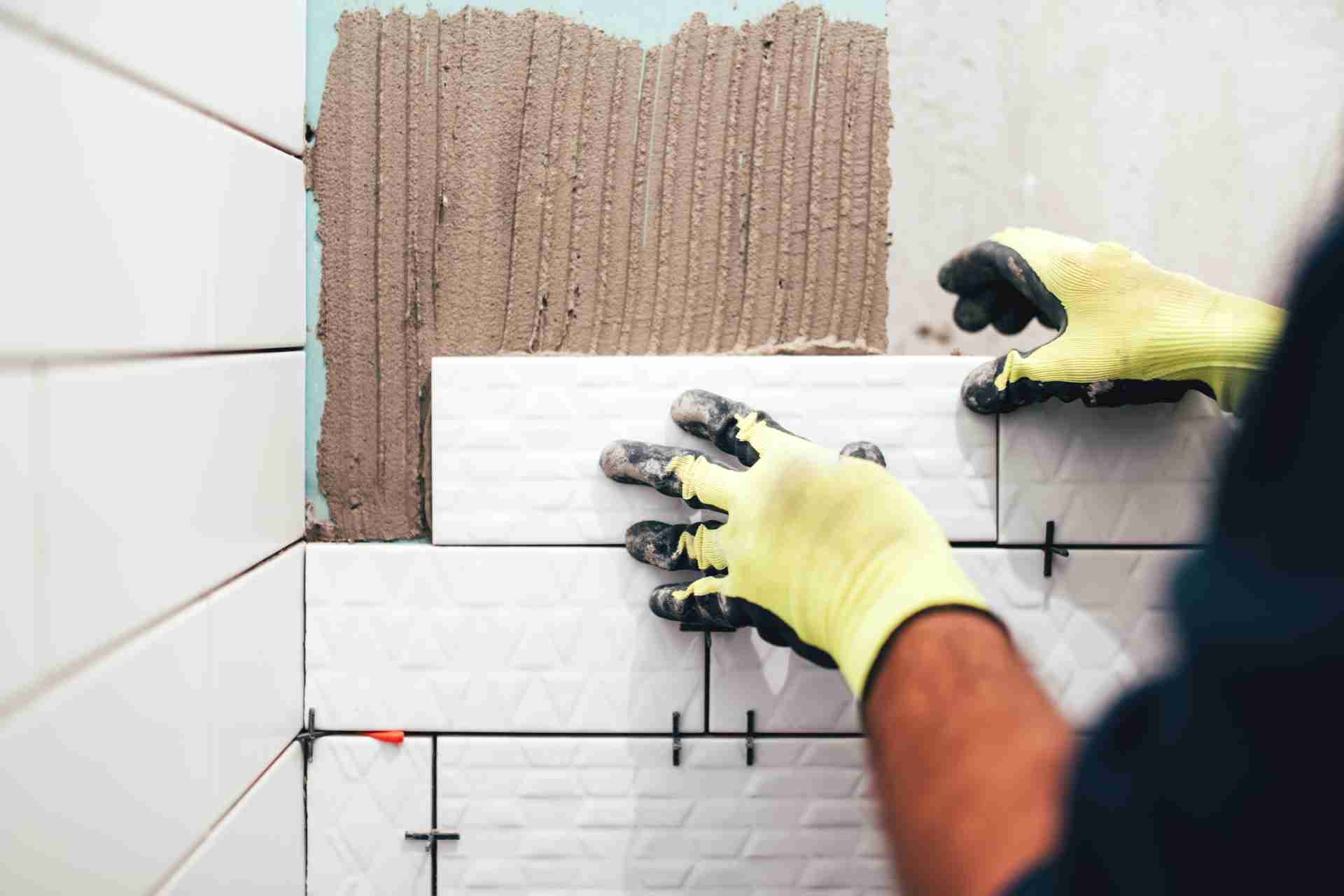
How to Soundproof a Room on a Budget
Looking for quiet without breaking the bank? Whether you’re renting or tackling a quiet corner at home, these low-cost sound-reduction strategies will help reduce noise using everyday materials and simple upgrades.
Layer Up with Rugs, Furniture and Soft Things
Sounds bounce off hard, empty surfaces, so fill your room intentionally. A thick area rug or carpeting (especially with a sound-absorbing pad) can cut reflections and cushion footsteps.
Big upholstered things like a sofa, armchair, or a laden bookcase against a shared wall will absorb and block sound waves coming through the walls.
Treat the Walls the Easy Way
Hang thick blankets, quilts, or tapestries. Even heavy wall art or fabric panels add soft texture that tames echo and light noise.
If you can splurge a bit, affordable acoustic foam or fabric-wrapped panels provide better absorption; they come in decorative styles that won’t scream “studio”.
Upgrade Your Windows and Curtains
Windows are major sound entry points. Noise-reducing or blackout curtains made of velvet, polyester, or layered fabrics can absorb and dampen incoming noise.
For better effectiveness, seal around windows with acoustical caulk or install clear window inserts for up to 70% noise reduction without full window replacement.
Seal Gaps and Sound-proof Your Door
Small gaps under doors or around their edges can allow a surprising amount of sound to leak through. A door sweep or draft stopper, combined with foam weatherstripping around the frame, helps seal off sound paths and even keeps out drafts.
If you’re open to replacing the door, switch from hollow-core to solid-core for a noticeable improvement in blocking sound.
Use White Noise or Fans
Sometimes it’s easier to mask background noise than eliminate it. A quiet fan, sound machine, or steady white-noise device can help mask intermittent or unpredictable noises like traffic, neighbours, or pets.
Combine Methods for Maximum Effect
No single trick will do it all, but layering methods works really well. Start with rugs, curtains and sealing gaps. Then add wall hangings or panels. Top it off with soft furniture or acoustic padding. The cumulative effect is where quiet really happens, all without tearing down your walls.
You don’t need to spend thousands or rip out walls to create a quieter room. Most of the best tricks are simple additions, and they work surprisingly well when combined. Start with what makes the most sense: maybe rugs and door seals first, then add soft furniture or panels later. Little by little, you’ll reclaim peace, sleep better, and enjoy your space more, all affordably and with minimal fuss.









